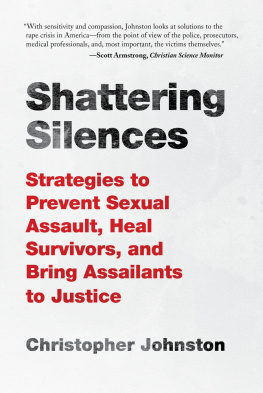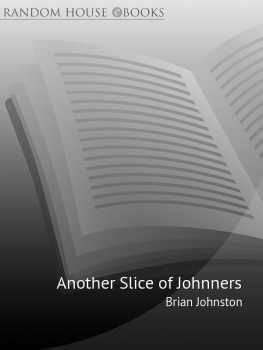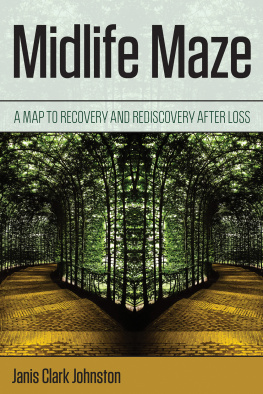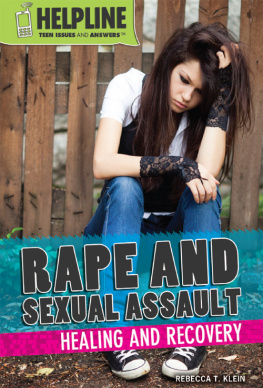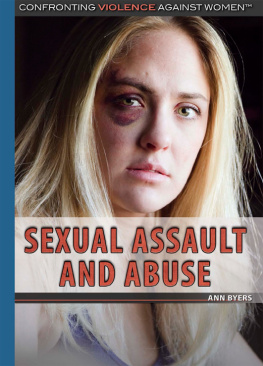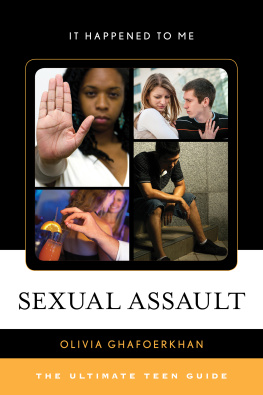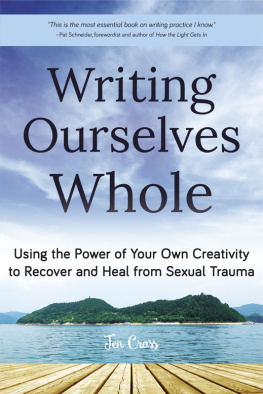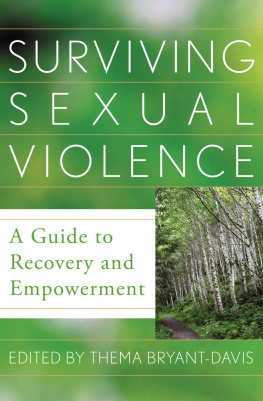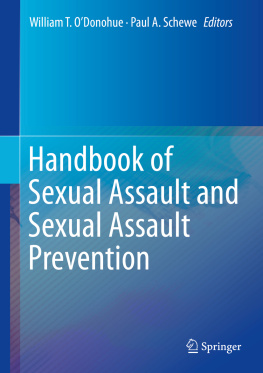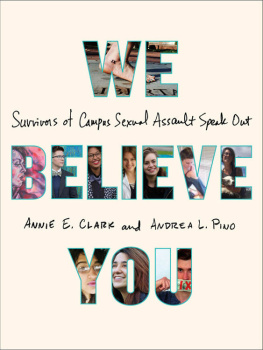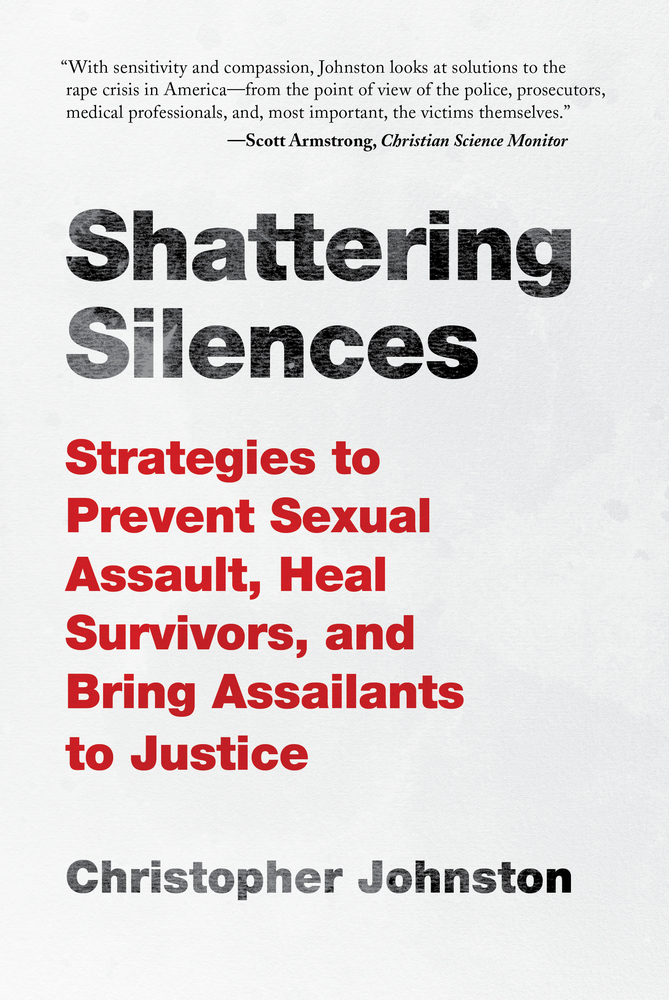
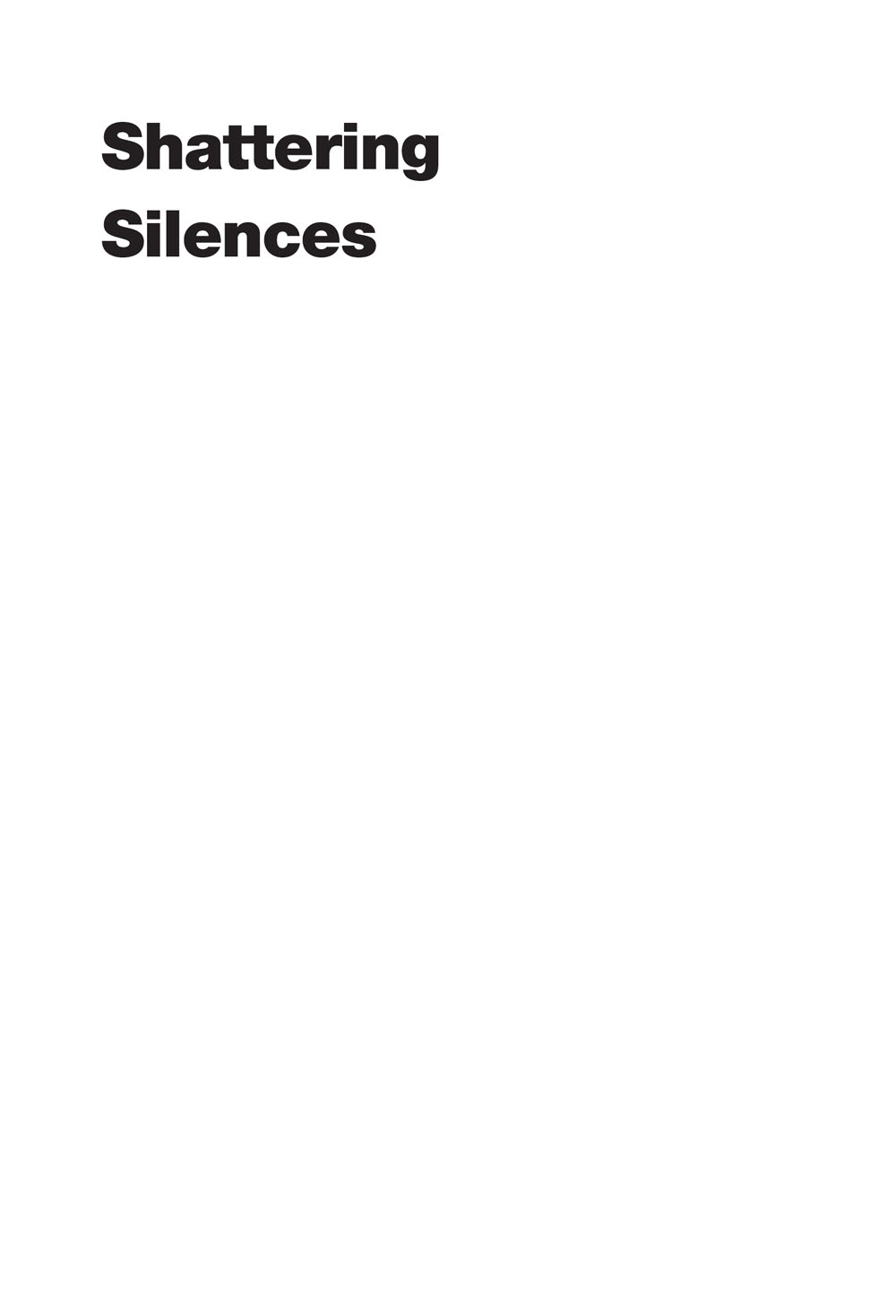
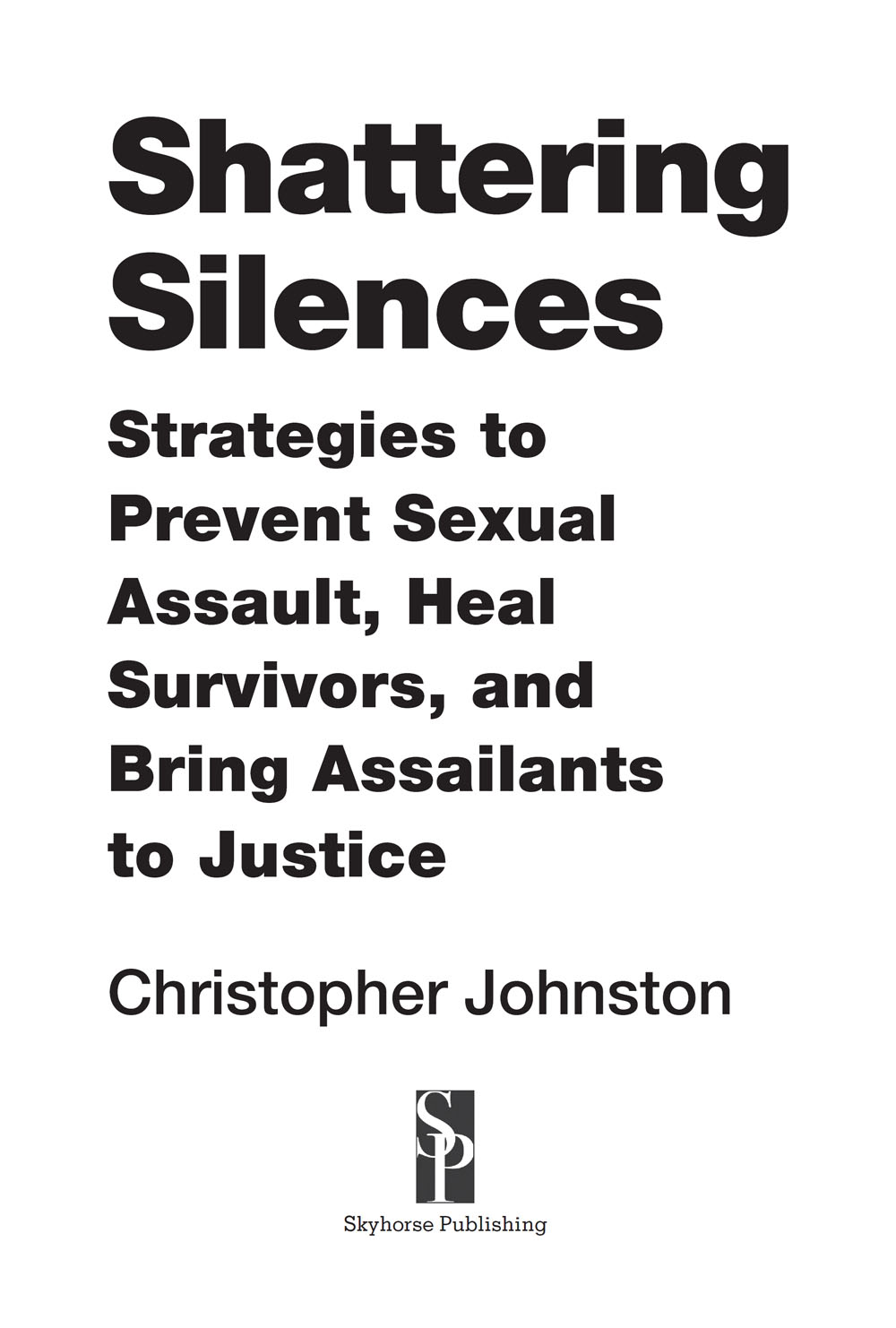
Copyright 2018 by Christopher Johnston
All rights reserved. No part of this book may be reproduced in any manner without the express written consent of the publisher, except in the case of brief excerpts in critical reviews or articles. All inquiries should be addressed to Skyhorse Publishing, 307 West 36th Street, 11th Floor, New York, NY 10018.
Skyhorse Publishing books may be purchased in bulk at special discounts for sales promotion, corporate gifts, fund-raising, or educational purposes. Special editions can also be created to specifications. For details, contact the Special Sales Department, Skyhorse Publishing, 307 West 36th Street, 11th Floor, New York, NY 10018 or .
Skyhorse and Skyhorse Publishing are registered trademarks of Skyhorse Publishing, Inc., a Delaware corporation.
Visit our website at www.skyhorsepublishing.com.
10 9 8 7 6 5 4 3 2 1
Library of Congress Cataloging-in-Publication Data is available on file.
Cover design by Brian Peterson
Print ISBN: 978-1-5107-2757-1
Ebook ISBN: 978-1-5107-2758-8
Printed in the United States of America
Table of Contents
Introduction

An End to the Dark Ages:
Giving Voice to Survivors
C OMPASSIONATE PROFESSIONALS IN a variety of fields have been promoting rape reform for decades. They were often working on their own as individuals or groups of advocates and activists, social workers or counselors, or staff at bellwether organizations such as the rape crisis centers in Cleveland, Boston, the District of Columbia, Oakland, Pittsburgh, and San Francisco.
Fortunately, we are now in the midst of a growing movement that began to coalesce through a synergy of events: the advent of DNA testing in the early 1990s and the subsequent launching of the FBIs Combined DNA Index System (CODIS) database in 1999 that greatly facilitated suspect identification; the revelatory research of people like Rebecca Campbell, PhD, who brought training on the neurobiology of trauma studies that lucidly explain the sometimes erratic behavior and memory of victims of rape and sexual assault in a way not previously known to many of the professionals in the field; the discovery in the first decade of the twenty-first century of backlogs of an estimated 400,000 untested sexual assault kits (SAKs) in police property rooms and warehouses throughout the United States and the ensuing decisions by an enlightened cadre of attorneys general, county prosecutors, district attorneys, and law enforcement leadership to test and investigate the cases. Much credit goes to the investigative reporters who wrote about the neglected evidence and brought it to the publics attention.
However, the federal Sexual Assault Kit Initiative (SAKI) in 2014 represents the culmination and true turning point in the rape kit testing and processing and rape culture reform movement thats crossing the country now. It provides financial, technical, and training support crucial to furnishing jurisdictions with the resources and knowledge to identify and disseminate best practices for this endeavor.
In fact, Kevin Strom, program director in the Research Triangle Institutes Center for Justice, Safety, and Resiliencethis nonprofit organization oversees the SAKI projectlabels this era The Golden Age of Sexual Assault Reform.
Were still on the front end of this, but there is a lot of optimism that things are changing and improving, Strom says. We did things incorrectly for a long period of time, but there are a lot of good people out there improving the way we treat sexual assault, so its very inspirational.
I first learned of these significant changes and improvements when, in November of 2009, I got involved in the case of serial rapist and murderer Anthony Sowell, who had been arrested in Cleveland on Halloween after murdering eleven women and burying them in his backyard and house. A good friend and fellow journalist, Robert Sberna, asked if I would be interested in coauthoring a book about the case. I wasnt sure. Mainly, I wanted to see whether my hometown swept it under the rug or stepped up and said, No more. So, I did some preliminary interviews with people in Sowells neighborhoodpolice, urban affairs professors, and so onand then later covered the trial with Robert. He writes a lot more about the crime beat than I do, so he went on to pen the definitive study of the case: House of Horrors: The Shocking True Story of Anthony Sowell, the Cleveland Strangler (The Kent State University Press, 2012).
Along the way, though, I began to meet people who were responding to this terrifying, soulless criminal by improving the way sexual violence victims and cases were handled in Cleveland. They were the solution providers to this ancient problem of cruel victim-blaming, ignoring and disregarding rape and sexual assault victims, and allowing many of the predators committing these crimes to roam freely.
Professionals such as Elizabeth Booth, RN, a Sexual Assault Nurse Examiner (SANE) at the MetroHealth System, or Megan OBryan at the Cleveland Rape Crisis Center (CRCC) or then Lieutenant Jim McPike, supervisor of the Cleveland Police Departments Sex Crimes and Child Abuse Unit, became my initial guides into this world. Ever since then, they and many others I have met along the wayanyone included in this bookhave continued to help me understand the challenges their organizations were facing, the tribulations of survivors trying to recover, and the radical new approaches and initiatives that were starting to be implemented not just in Cleveland, but also in Detroit, Houston, Memphis, and now many other cities.
In 2016, I wrote a cover story for the Christian Science Monitor on what Cleveland had learned in responding to the Cleveland Strangler and how that had blossomed into a set of innovative and effective approaches. Just as important, the key players had all come out of their silos to work together on this insidious phenomenon, and their camaraderie was apparent at press conferences or meetings and in the friendly way they related to each other as colleagues. Because I knew it was happening elsewhere, and that Cleveland, Detroit, and Memphis have partnered their Sexual Assault Kit Task Forces (SAKTFs), I felt there was need for a compelling book that would explore the successes and challenges of this movement, as well as the professionals who were committed to doing the right thing and spreading the good word.
The history of how SAKI originated is an interesting one, with some roots in 2009. Two years prior, the National Institute of Justice (NIJ)the research, development, and evaluation agency of the US Department of Justicefunded a study by Research Triangle Institute of why law enforcement agencies did not take sexual assault cases seriously or send evidence forward to initiate prosecution of offenders. The study found that often they didnt understand the complex dynamics around sexual assault cases, nor did they understand the victims; law enforcement thought they were lying or partially to blame for the assault. Some didnt fully understand the value of DNA evidence yet or believed it would cost too much to test the evidence in sexual assault kits.
That set the stage for a distinctive federal response in 2009, when Human Rights Watch published its report on the backlog of 12,669 untested SAKs found in Los Angeles that were the property of the Los Angeles Police and Sheriffs Departments, which shared a criminal evidence laboratory.
Next page
